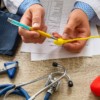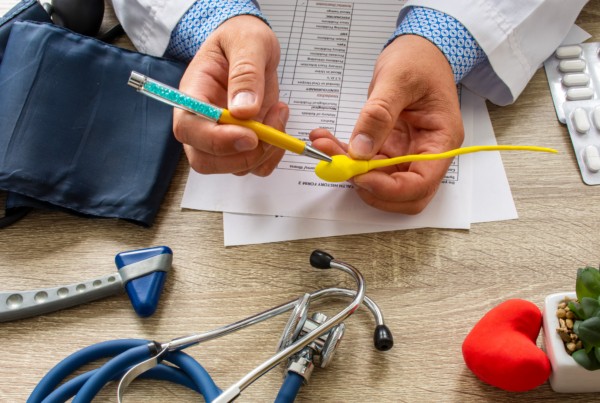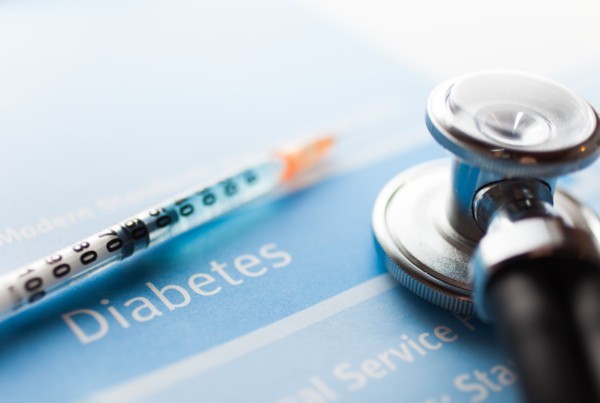Sam and Annie had no trouble conceiving Isabella, their first child, two months after Annie stopped birth control pills. BUT, now that Isabella is two, they have been trying to conceive for 12 months and despite their positive history and nothing that would raise a question about infertility, they have not become pregnant.
This is a common story I see in my clinic and patients like Sam and Annie need a full work up to check her tubes, ovarian reserve, and to check his sperm. I’d like to use the above anecdote to focus on sperm testing. Semen testing is still critical even though 2-3 years prior, Sam’s sperm was apparently fine. That may still be the case…BUT his sperm could have changed so, despite his proven fertility, he still needs a semen analysis.
Annie’s work up came back showing normal fallopian tubes and a good ovarian reserve. Sam ended up using a home semen test for convenience with YOspermtest.com and found that his motility was low. He then did a formal Semen analysis at the local fertility clinic and found that both his sperm concentration and sperm motility were 4 Million and 15% respectively. (“Normal” would be >15 Million sperm and >32% motility).
Sam was referred to a male infertility specialist (aka andrologist), who diagnosed him with bilateral varicoceles (that could be felt during the exam). The andrologist recommend either surgery or fertility treatment with in vitro fertilization and ICSI or IUI, if even applicable.
Without obvious symptoms, men can acquire illnesses, infections, obstructions or other problems that can reduce the quality and quantity of their sperm. One common type of an acquired problem that can cause secondary male infertility is the presence of varicoceles. It’s important to understand the role of varicoceles in male factor infertility and know that this condition can be treated.
A variocele is essentially a dilation of the veins that travel through the scrotum to the testicles – think of a varicocele as “varicose veins” of the scrotum. The scrotum is the sac of skin that holds the testicles. Varicocele’s have been associated with low motility and sperm count and can be a cause of both primary and secondary male factor infertility. Correcting the varicocele can improve semen parameters.
The theory behind the detrimental effect of the varicocele centers around temperature. It is thought that the dilated veins cause an increase in local temperature that is harmful to sperm production. Therefore, ligation or embolization of these dilated veins can lead to a better scrotal environment for sperm to thrive in the structures held therein.
Varicocele repair can improve semen parameters and pregnancy rate. The success rates are dependent on the age of the woman, though. The ideal candidate for varicocele repair is a male with low motility and sperm concentration and with clinically apparent varicoceles (i.e can be seen on examination, not just ultrasound) and whose partner is under the age of 35.
The other thing to note is that, for some couples, a wait of 3-6 months post operatively is common in order to realize the greatest improvement in semen parameters.
Men with low sperm counts and/or motility who have varicocele’s are also candidates for artificial insemination and/or IVF with ICSI if parameters are very low. These options offer as high as a 65-70% chance of pregnancy (i.e. IVF if female < 35), but can be costly and may not be covered by insurance. Ultimately, though, each situation is unique and warrants formal consultation.
Finally, it is important to know that there are different grades of varicoceles. So surgical correction options should not be decided in isolation but should be made in consultation with a reproductive endocrinology and infertility specialist as well as an andrologist so that both the man and his partner are fully informed on the options to build their family.
Secondary infertility is frustrating but ultimately, patients with a prior live birth have an excellent prognosis with fertility treatment. The most important strategy is to maintain that optimal prognosis, by getting a work up sooner rather than later and making sure everything is still working, including the sperm.
For a further in-depth and objective review see this committee opinion from the American Society of Reproductive Medicine.








One Comment